The United Nations Educational, Scientific and Cultural Organization (UNESCO) recently added 34 new places to their prestigious World Heritage List. This latest roster includes nominations from 2020 and 2021, now part of a list of over 1,000 natural and cultural sites. Each of these boasts great cultural, historical, and/or natural significance — or as UNESCO puts it, “of outstanding universal value.”
From Europe’s iconic spa towns to an Iranian railway that’s almost a hundred years old, we’ve rounded up 16 of our top picks among the new UNESCO World Heritage Sites! Trust us when we say that you’ll surely wanna add these to your bucket list… if you haven’t already.
Europe
1. Frescoes of Padua, Italy
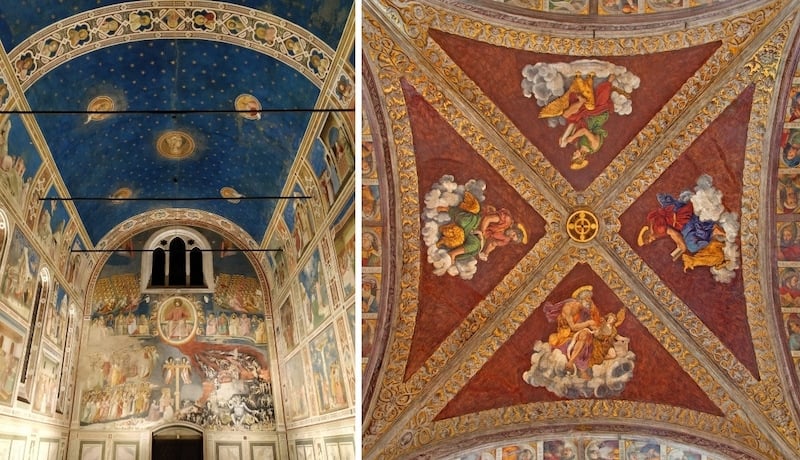
Image credit (L-R): marcodotto; sedmak via Canva Pro
The historic walled city of Padua is home to frescoes painted by different artists for various patrons. It comprises eight religious and secular building complexes that feature fresco cycles (a series of frescoes about a particular subject) dating back to the 14th century.
2. Nice, France
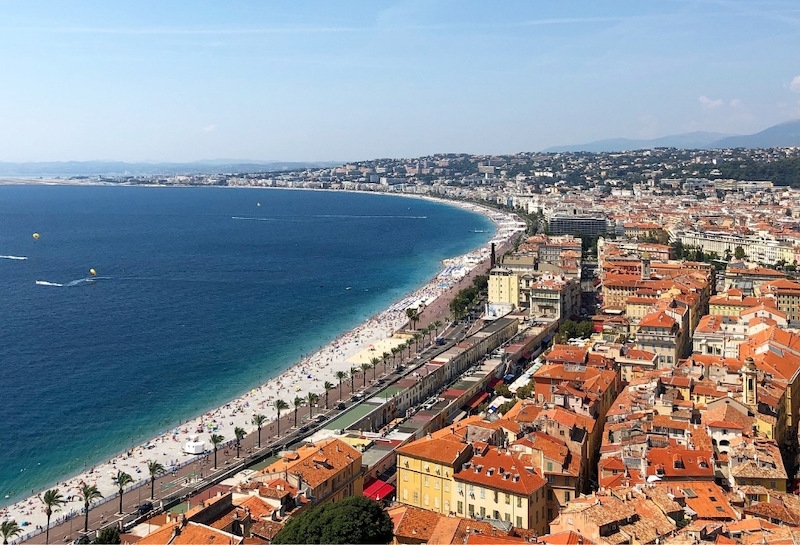
Image credit: mehdibouchenak via Canva Pro
Among the new UNESCO World Heritage Sites, this is probably the most popular one. Nicknamed the Winter Resort Town of the Riviera, Nice has been a popular vacation spot for the wealthy and famous since the 19th century. To ensure its heritage preservation, urban development will be strictly controlled along the Promenade des Anglais and the Old Town area.
Also read: 12 Charming Airbnbs in the South of France to Fuel Your Wanderlust
3. The Great Spa Towns of Europe
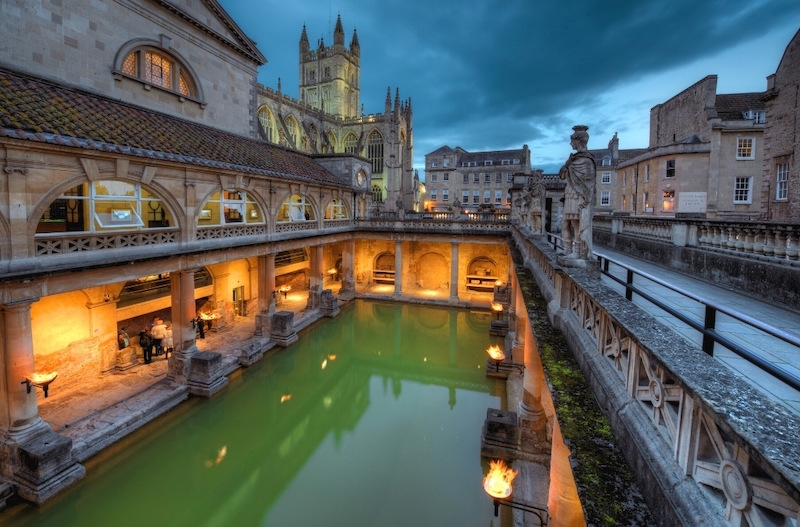
Image credit: Kurt Bogaert via Canva Pro
This World Heritage listing comprises 11 towns scattered throughout Europe, all developed around natural mineral water springs. Each shows the European spa culture that developed from the early 18th century to the 1930s.
4. Cordouan Lighthouse, France
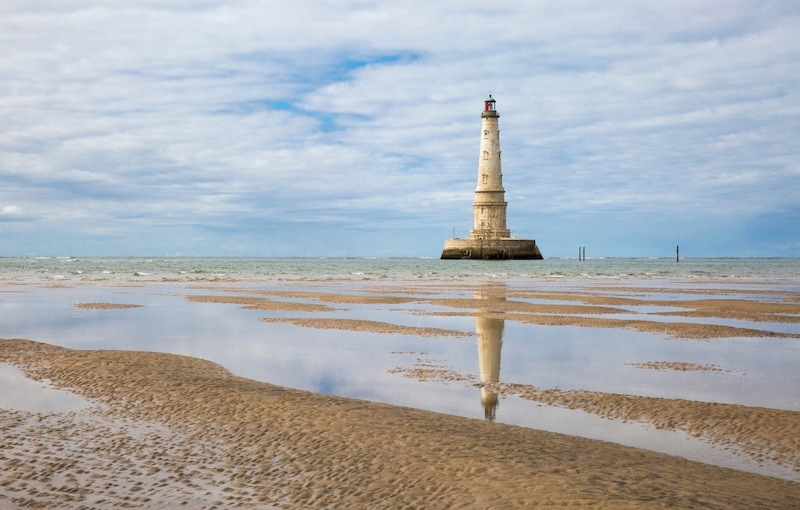
Image credit: Cloud-Mine-Amsterdam via Canva Pro
Located in southwest France, this white limestone structure was built at the end of the 16th century and still serves its actual purpose. It even features gargoyles, as well as a sandbar below that’s accessible during low tide.
5. The works of Jože Plečnik in Ljubljana, Slovenia
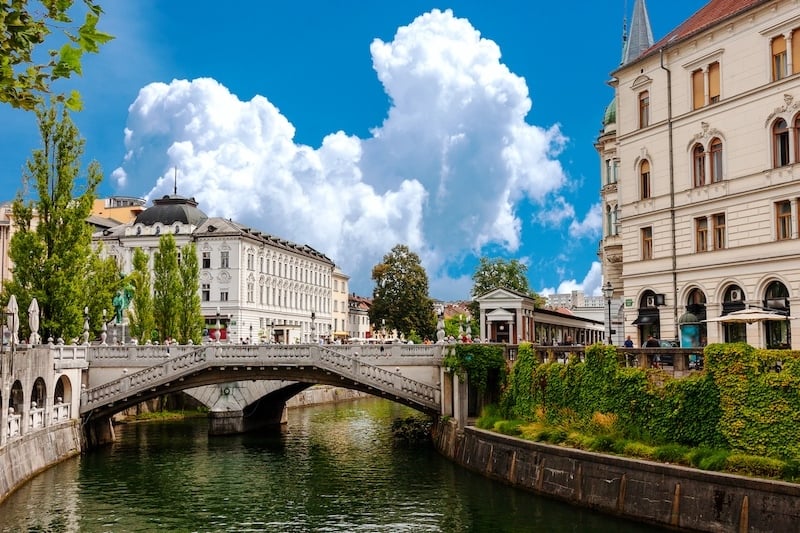
Image credit: Eugene Kuznetsov
If Barcelona has Antoni Gaudí, then Ljubljana has Jože Plečnik. Nearly every corner of the Slovenian capital has a structure designed by this architect, such as Triple Bridge, National and University Library, and several market buildings along the Ljubljanica River. Built between World War I and World War II, his works helped build the city’s distinctly Slovenian identity.
Also read: 20 Budget Destinations in Europe You Should Visit
Asia
6. Kaeng Krachan Forest Complex, Thailand
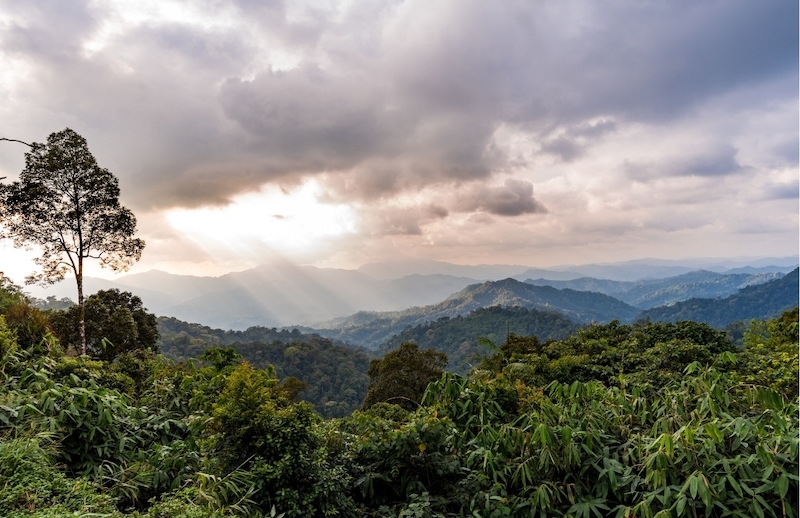
Image credit: Sirfuji via Canva Pro
First up among the new UNESCO World Heritage Sites in Asia is this expansive forest area found along the Thailand side of the Tenasserim mountain range. It’s home to a wide variety of tropical flora, as well as endangered fauna like the Siamese Crocodile, Asian Elephant, Asian Giant Tortoise, and Asiatic Wild Dog.
Also read: 22 National Parks That Nature Lovers Can’t Miss in Thailand
7. Southern Islands, Japan
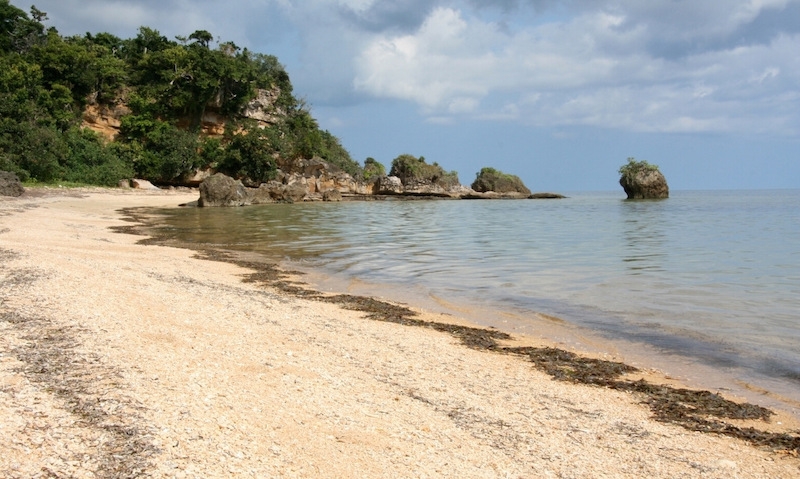
Image credit: imagexphoto via Canva Pro
This covers 165 square miles in southwestern Japan; specifically Amami-Oshima Island, Tokunoshima Island, the northern part of Okinawa Island, and Iriomote Island. The parts included in the World Heritage listing are completely uninhabited by humans. Hence, one can expect a high level of biodiversity; from endangered mammals, reptiles, and birds, to endemic plants.
8. As-Salt, Jordan
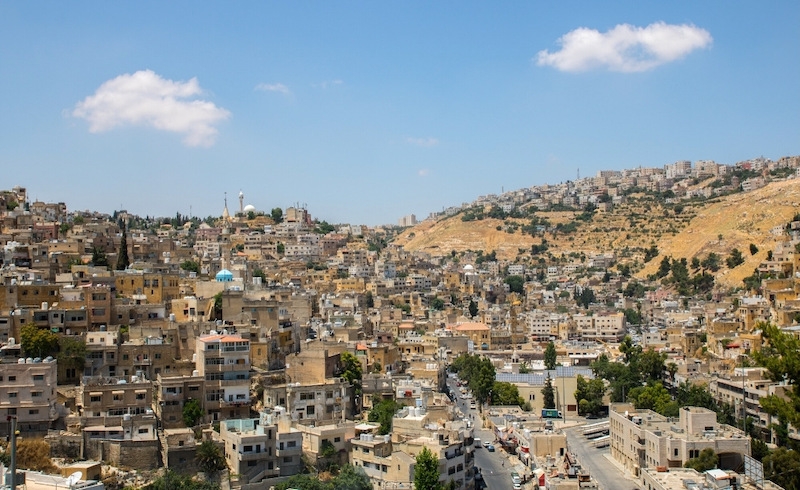
Image credit: Mohammad Arar via Canva Pro
Located near Amman, Jordan is this hillside town that served as a major trading hub, especially towards the Ottoman period. During that time, many merchants arrived from neighbouring countries and transformed the rural settlement into a robust town. As-Salt has around 650 historic buildings and boasts fertile soil used to harvest grapes and olives to this day.
9. Ramappa Temple, India
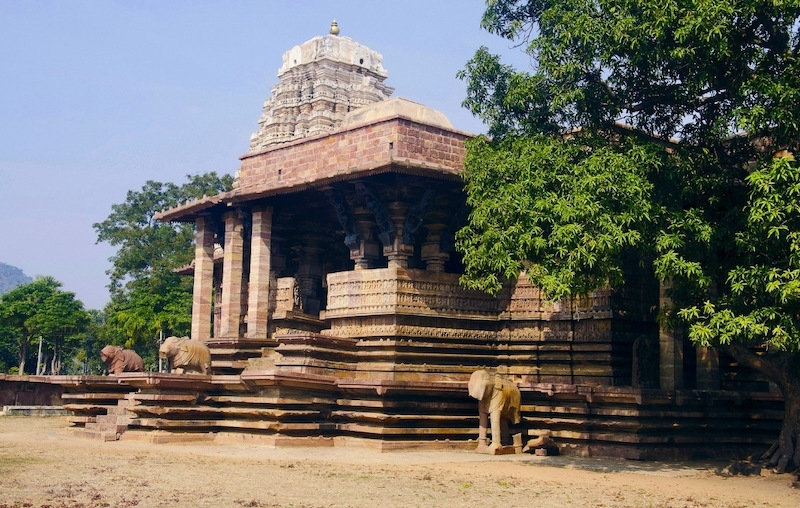
Image credit: ePhotocorp via Canva Pro
Otherwise called Rudreshwara, Ramappa Temple is located in the village of Palampet, Telangana. The temple ruins were built during the 13th century, featuring many decorated beams and pillars of carved granite and dolerite. But the highlight here would certainly be the “floating bricks” — made of clay and wood, which reduce the weight of the roof structures.
10. Trans-Iranian Railway, Iran
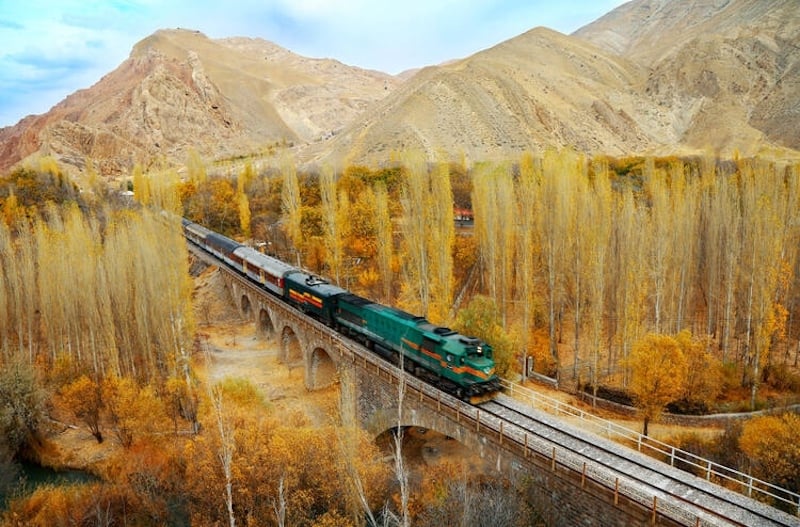
Image credit: Hossein Javadi via UNESCO Official Website
The Trans-Iranian Railway is an engineering marvel that spans 1,394 kilometres long. It crosses two mountain ranges to connect the Caspian Sea with the Persian Gulf, which entailed building hundreds of bridges and tunnels between 1927 and 1938. And unlike most railway projects during that time, its construction was funded by national taxes to avoid foreign investment and control.
Also read: Explore Several Countries by Train: 6 Epic Rail Journeys to Cross Off Your Bucket List
11. Quanzhou, China

Image credit: Ryan Whyte via Canva Pro
Quanzhou served as one of the key ports along the Maritime Silk Roads from the 10th to 14th centuries. Countless merchants and explorers — including Marco Polo — came here from various parts of the globe, resulting in a melting pot of cultures and religions. This World Heritage listing covers 22 historical sites and monuments, including Islamic tombs, Taoist statues, and Buddhist temples.
South America
12. Sítio Roberto Burle Marx, Brazil
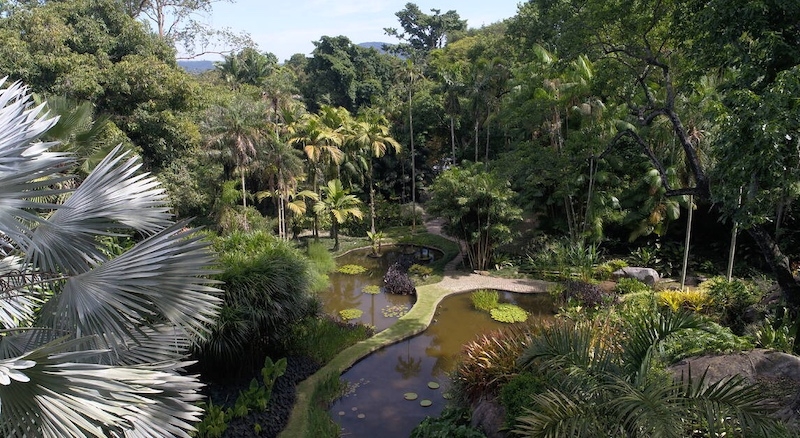
Image credit: Diego Rodriguez Crescêncio via UNESCO Official Website
Located west of Rio de Janeiro is this 100-acre botanical garden that includes over 3,500 species of tropical plants in vibrant arrangements. It was developed over more than 40 years by landscape architect and artist, Roberto Burle Marx. Among the new UNESCO World Heritage Sites, this one stands out as being the first modern tropical garden one.
13. Church of Atlántida, Uruguay
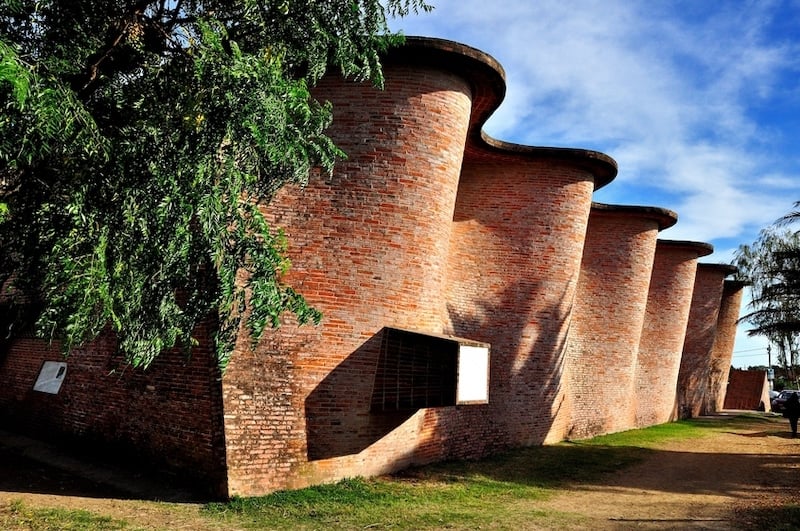
Image credit: Javier Villasuso via UNESCO Official Website
Completed in 1960 by Uruguayan engineer, Eladio Dieste, this modernist church complex showcases impressive brick architecture; from the cylindrical bell tower and undulating outer walls, to a roof of double-curved vaults. According to UNESCO, what sets it apart is its remarkable formal and spatial achievements built with quite a modest amount of resources.
14. Chankillo Archaeoastronomical Complex, Peru
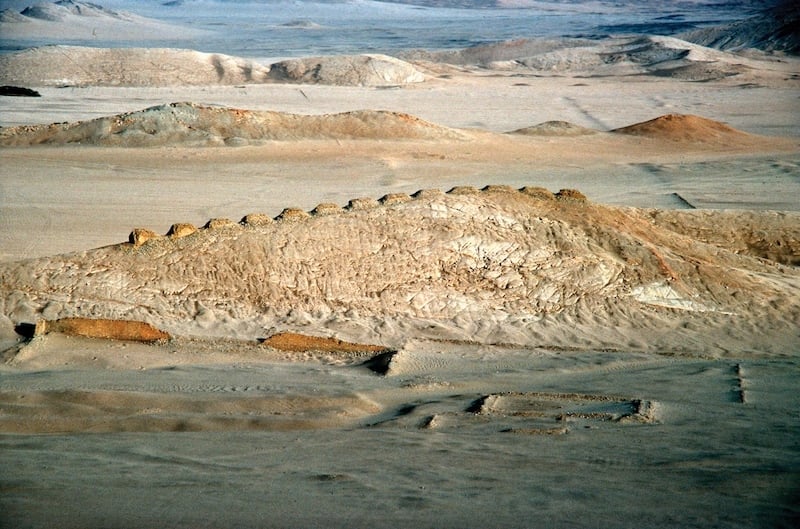
Image credit: IDARQ via UNESCO Official Website
This is perhaps the oldest of all the new UNESCO World Heritage Sites, as it was built over 2,300 years ago. Set amid a desert landscape in the Casma Valley, it’s the earliest known astronomical observatory in the Americas. It shows great innovation by using precisely placed structures that track the solar cycle and every other date within the year with a precision of one to two days.
Africa
15. Ivindo National Park, Gabon
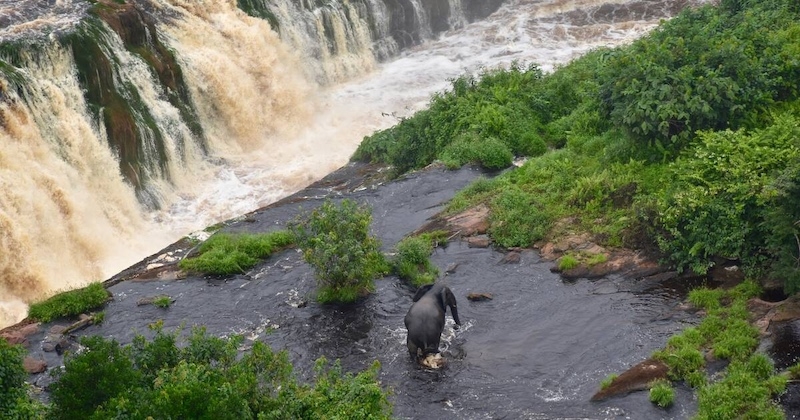
Image credit: Lee White via UNESCO Official Website
Ivindo National Park spans 740,000 acres and lies on the equator in northern Gabon. Amid an intact rainforest, it boasts waterfalls and rapids, as well as a diverse animal population including elephants, leopards, pangolins, and more. It’s also home to many endemic freshwater fish species, some of which experts haven’t even named or described yet!
16. Sudanese style mosques, Côte d’Ivoire
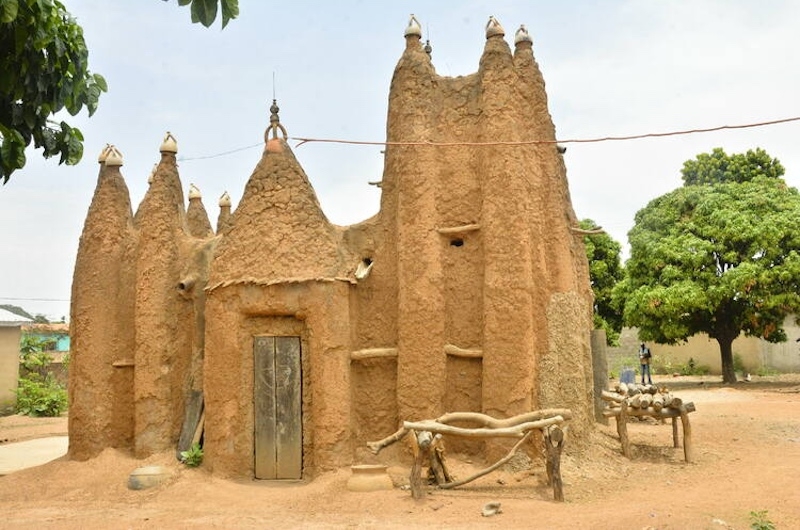
Image credit: OIPC via UNESCO Official Website
Côte d’Ivoire (or the Ivory Coast) is a tropical country in West Africa. This listing comprises eight small adobe mosques found in its northern area. UNESCO notes that these structures have a distinct style that serves as testimony to the trans-Saharan trade that facilitated the expansion of Islam and Islamic culture.
Also read: These Are the World’s Most-Searched “Bucket List” Travel Experiences!
Granted, most of these new UNESCO World Heritage Sites are still off-limits due to the pandemic. But hey, who’s to stop you from adding these to your future vacation plans?
Featured image credit: bbsferrari | Canva Pro
Facebook image credit (L-R): olliemtdog; Marta Tari | Canva Pro




